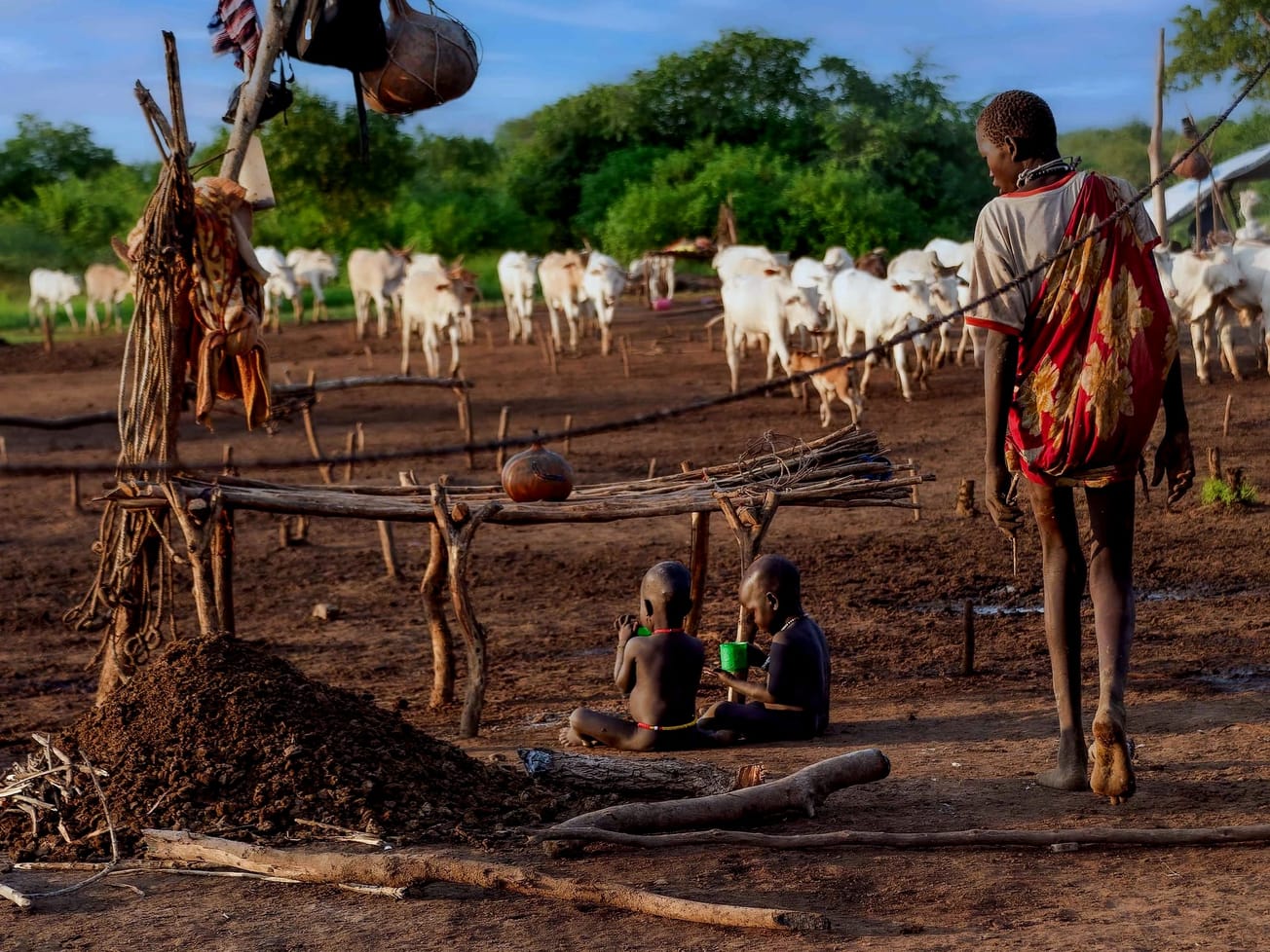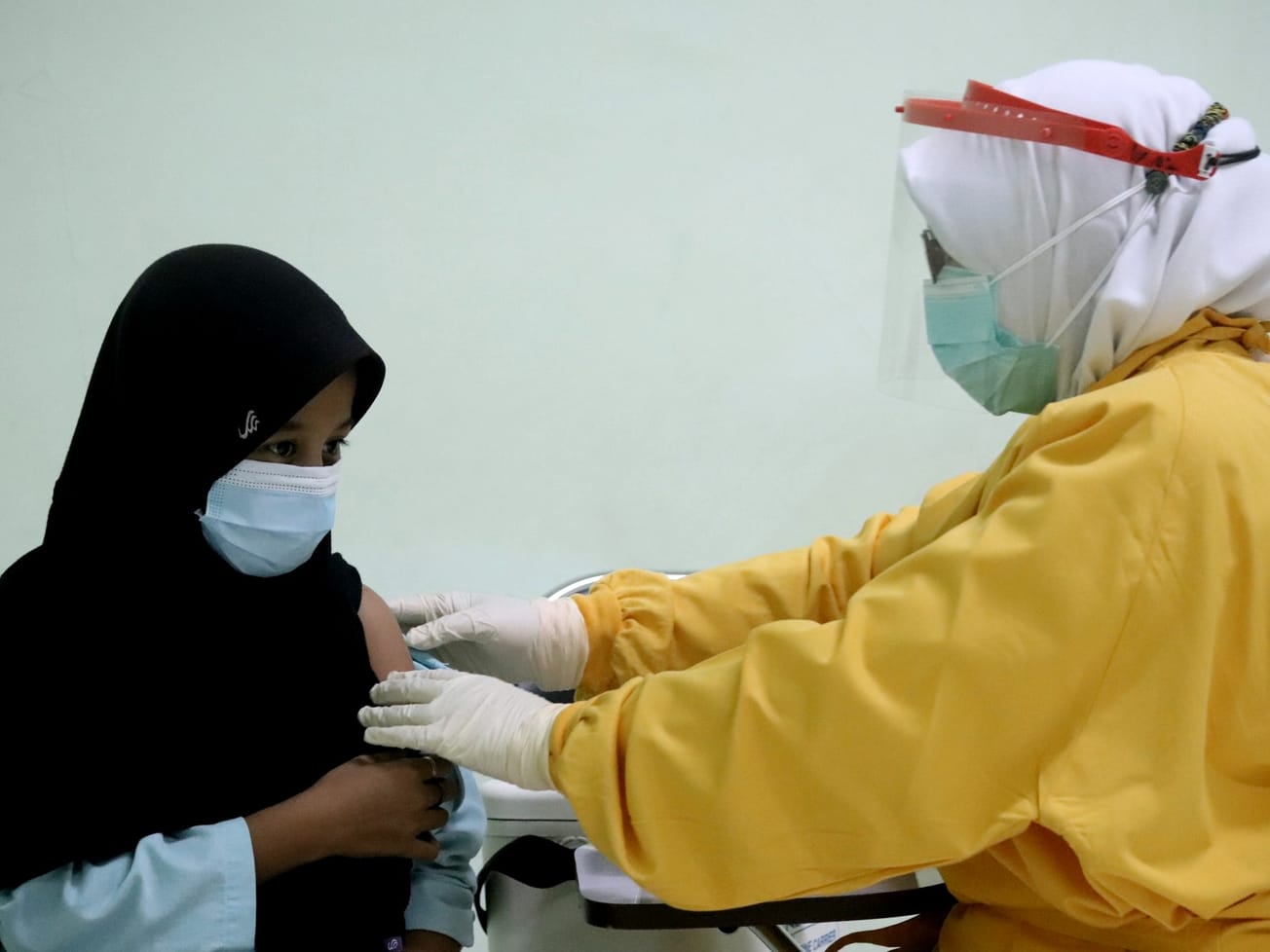One of every five children globally live in areas that now experience at least double the number of extremely hot days – more than 35° Celsius (95° Fahrenheit) – compared to six decades ago, according to a new analysis.
What's new: The analysis on Wednesday by UNICEF and Sweden's Karolinska Institute compares 1960s and 2020-2024 temperature averages, quickly and widespread rising temperatures from climate change have become an increasing threat to 466 million of the world's 2 billion children. Children in eight African countries, including Mali, Niger, Senegal, South Sudan and Sudan, spend more than half the year in temperatures above 35° C. “The hottest summer days now seem normal,” says UNICEF Executive Director Catherine Russell. “Extreme heat is increasing, disrupting children’s health, well-being and daily routines.”







